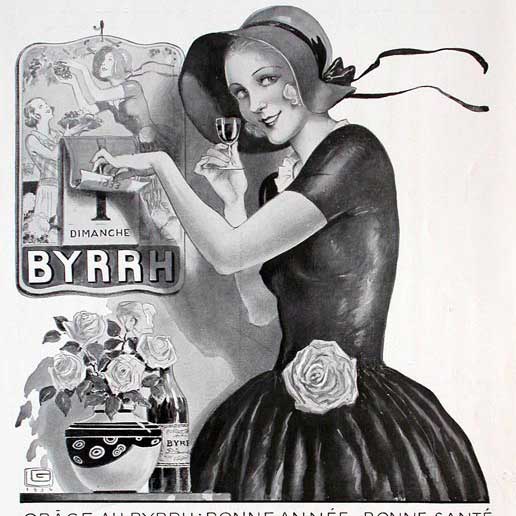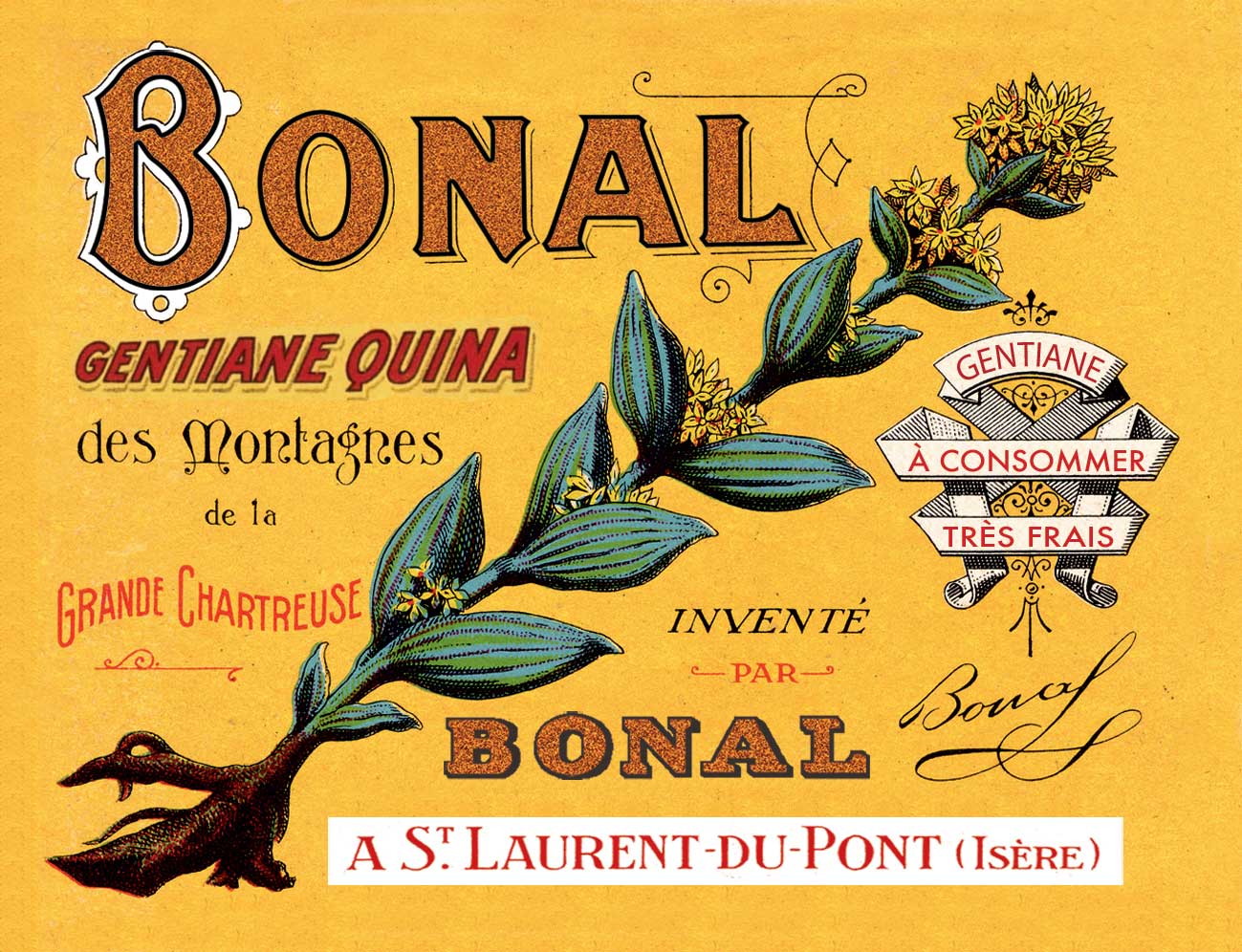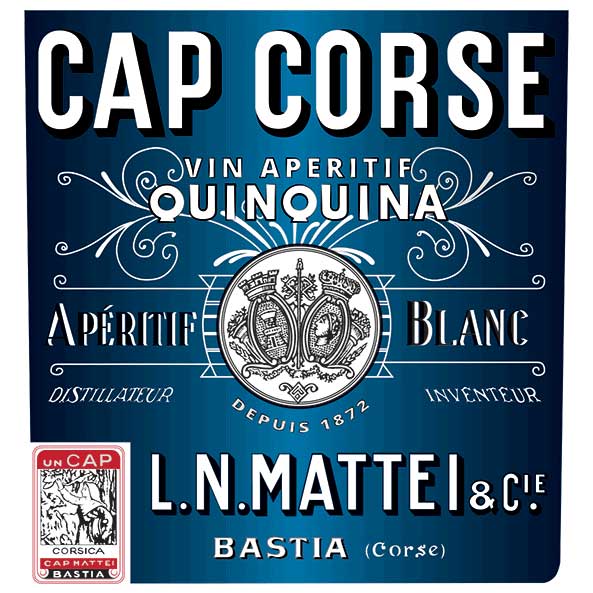Quinquina/Chinato
The beneficial properties of the cinchona tree were originally discovered by the Quechua, a people indigenous to Peru and Bolivia, who found it an effective muscle relaxant to calm shivering due to low temperatures. The Quechua would mix the ground bark of cinchona trees with sweetened water to offset the bark’s bitter taste, thus producing tonic water. Jesuit missionaries in the early 1600s brought this back to Rome, where quinine in unextracted form came into use to treat malaria, which was endemic to the swamps and marshes surrounding the city of Rome and responsible for the deaths of several popes, many cardinals and countless common Roman citizens. Quinine was isolated and named in 1820 by French researchers, the name being derived from the original Quechua (Inca) word for the cinchona tree bark, quina or quina-quina, which means “bark of bark” or “holy bark”. Large-scale use of quinine as a malaria preventative started around 1850, consumed in tonics or aperitif wines such as these. With other spices and wines selected to balance, many of these quinine aperitif wines became famous and sought out first as delicious and refreshing aperitif drinks.
Byrrh Grand Quinquina
France ➜ Roussillon 18.0% ABV
18.0% ABV
Byrrh Grand Quinquina is made to the original late-19th century recipe that earned worldwide fame and inspired fifty years of evocative poster art. Byrrh combines a generous, port-like wine and mistelle base with a firm backbone of natural quinine to produce a fruity, refreshing aperitif by itself, with tonic and a twist, or paired with blue cheese. In cocktails, Byrrh mixes well with vodka, gin, cognac, tequila, Irish whiskey, and grapefruit. Byrrh is produced in Thuir, in the heart of French Catalan territory, near the coast and border with Spain.
Full detailsCocchi Barolo Chinato
16.5% ABV
Renowned in Piemonte since its introduction in 1891, Cocchi Barolo Chinato is a wine of DOCG Barolo infused with quinine bark, rhubarb, ginger, cardamom, cocoa, and a variety of other aromatic spices. Round and rich, yet with the deep back palate one expects of Barolo, this wine possesses the definition necessary to be an ideal digestif or pairing with dark chocolate. Serve as you would a high-quality port or Madeira, or use in lieu of sweet red vermouth in a luxurious Manhattan. You would not be alone in finding this to be the Rolls Royce (or Maserati) of Italian dessert wines.
Full detailsBonal Gentiane-Quina
16.0% ABV
Since 1865, this spicy, earthy aperitif has been known as “ouvre l’appétit” - the key to the appetite. Serious in its role as an aperitif, and then popular with sportsmen, Bonal became an early sponsor of the Tour de France. It is made by an infusion of gentian, cinchona (quinine) and renowned herbs of the Grande Chartreuse mountains in a mistelle base. While tradition is to drink neat with a twist, Bonal also mixes well with fresh or hard cider, sparkling wine, and Scotch or American whiskies. Excellent with hard, salty cheeses, salted nuts, or earthy, spicy foods.
Full detailsMattei Cap Corse Blanc
17.0% ABV
A true Quinquina Blanc, and unique among aperitif wines. The profile of the Cap Corse Mattei BLANC aperitif wine is defined by its distinctly Corsican components. Its all-mistelle base is of Vermentinu and Muscat Petit Grains, lending a terrific minerality, acidity and floral tones. The local Cedrat (aka citron) adds unique citrus aroma and a silky texture. Since its creation in 1872 by Louis-Napoléon Mattei, Cap Corse Mattei is the oldest and best known aperitif of Corsica. Still today family owned, and all macerations, aging and bottling are done in house.
Full detailsMattei Cap Corse Rouge
17.0% ABV
Among the most famous of French Quinquina, enjoyed for generations by visitors and residents of the Island of Corsica. It is composed of a variety of distinctive and aromatic spices, walnuts and cinchona bark on a base of Corsican Muscat and Vermentinu mistelles. The result is an aperitif of tremendous depth with a wonderfully dry finish. Traditionally served neat or on ice with tonic or soda. It mixes well with rye whiskey, apple brandy or brandy. Since its creation in 1872 by Louis-Napoléon Mattei, Cap Corse Mattei is the oldest and best known aperitif of Corsica. Still today family owned, and all macerations, aging and bottling are done in house.
Full details















